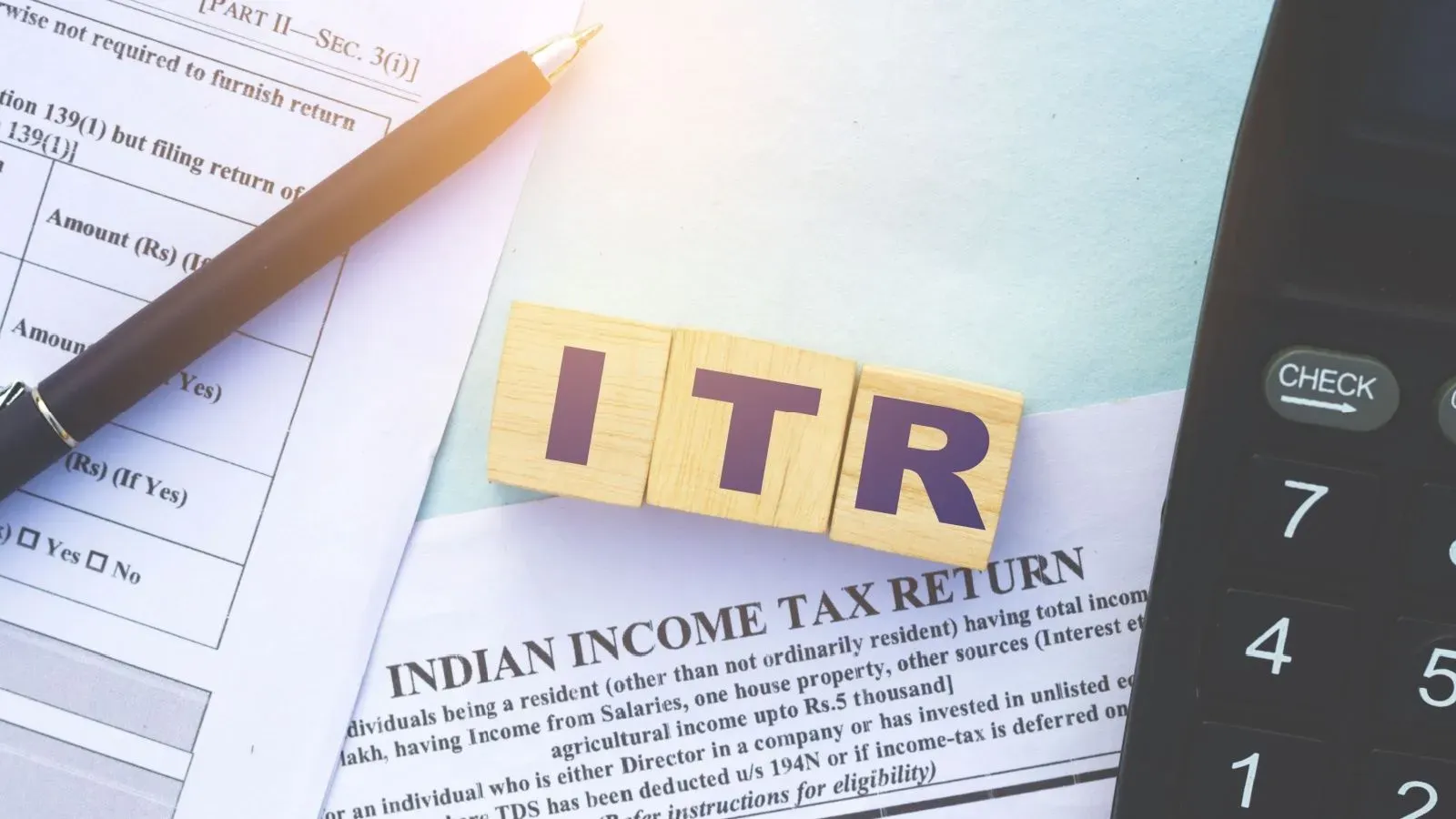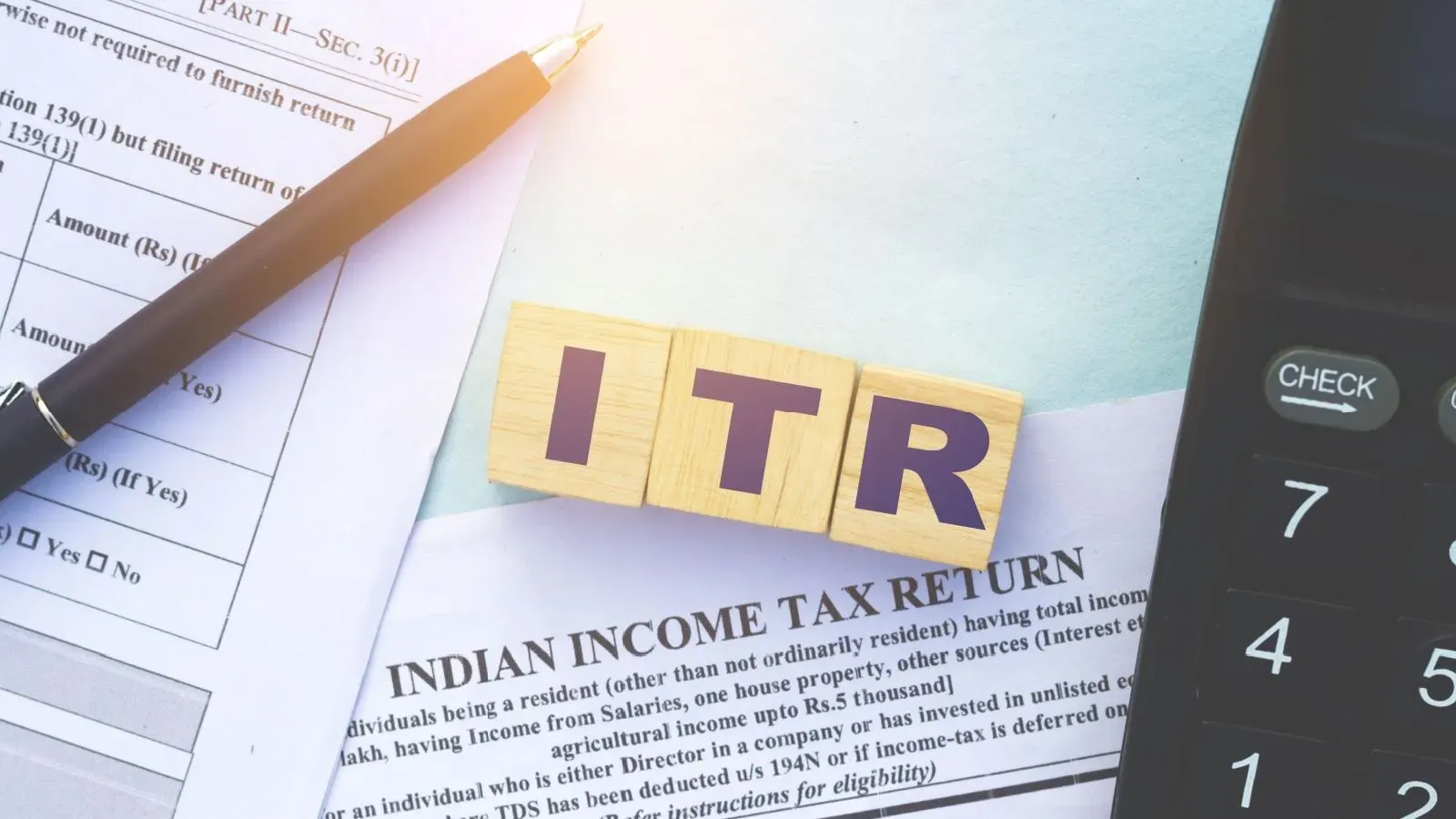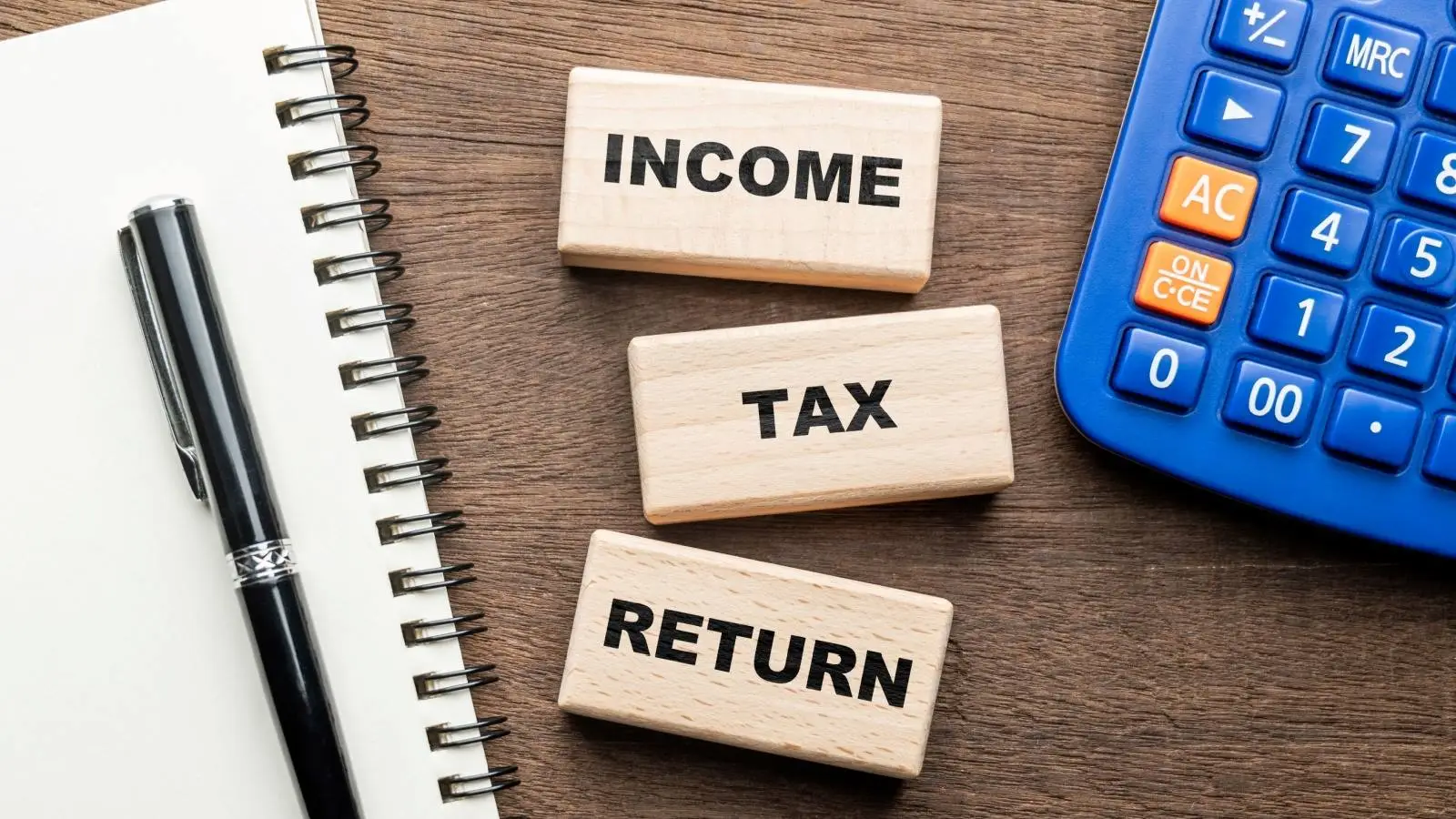Personal Finance News
7 ways to verify ITR. Skipping this could cost you big
.png)
4 min read | Updated on June 27, 2025, 10:45 IST
SUMMARY
Verifying your Income Tax Return (ITR) is as important as filing it in the first place, as failure to verify it within 30 days will make the ITR invalid. This will mean that the return will be registered as ‘not filed’, and taxpayers may even face penalties.

Taxpayers can also authorise representatives on their behalf such as CAs or family members to verify returns.
Many taxpayers make the mistake of not verifying their Income Tax Return (ITR) after filing it. This not only delays refunds but also invalidates the filed return.
To streamline tax compliance, the Income Tax Department has made it compulsory for taxpayers to verify their ITRs within 30 days of filing. This new rule came into effect on August 1, 2022, making it compulsory for taxpayers to complete the return filing process within 30 days. Earlier, the deadline was 120 days.
Ways to verify your ITR
The Income Tax Department asks taxpayers to use e-verification for instant processing. Verifying ITR online prevents delays caused by physical submissions and makes the process more efficient for taxpayers.
However, taxpayers can still do physical verification via ITR-V.
Let’s take a look at all the ITR verification options. The department offers as many as seven ways to verify your ITR:
Why timely verification matters
ITR verification is the most crucial step in the ITR filing process. Even if a return is filed on time, failure to verify it within 30 days will make the ITR invalid. This will mean that the return will be registered as ‘not filed’, and taxpayers may even face penalties.
Moreover, interest on unpaid taxes will also be applied if the ITR becomes invalid due to verification failure. Individuals who file late might also miss out on tax refunds until it is properly filed and verified.
If a taxpayer fails to verify their return within 30 days, they can still request a ‘Condonation of Delay’ by stating a reason for the delay. However, the return will remain invalid until the request is approved. The approval is not guaranteed, as it is at the discretion of the IT department.
Penalties for non-compliance
If you fail to verify your ITR and your filing becomes invalid, late fees may be applied. Late fees under Section 234F up to ₹5,000 can be charged for delayed filing. Further, an interest of 1% per month on your tax liability will also be applicable.
How to confirm if the verification was successful?
If your e-verification is completed, a success message will be displayed along with a Transaction ID. An email confirmation will also be sent to your registered email ID.
For physical verification, processing may take 2-3 weeks after CPC receives the document ITR-V submission. Taxpayers can track the status on the e-filing portal under ‘View Returns/Forms.’
With the 30-day verification rule now strictly enforced, taxpayers must prioritise the timely verification of their ITR to complete their filing and receive tax refunds on time. To avoid any penalties, verify your ITR immediately after filing to avoid last-minute errors and keep proof of the verification (Transaction ID) for future reference.
Related News
By signing up you agree to Upstox’s Terms & Conditions
About The Author
Next Story



